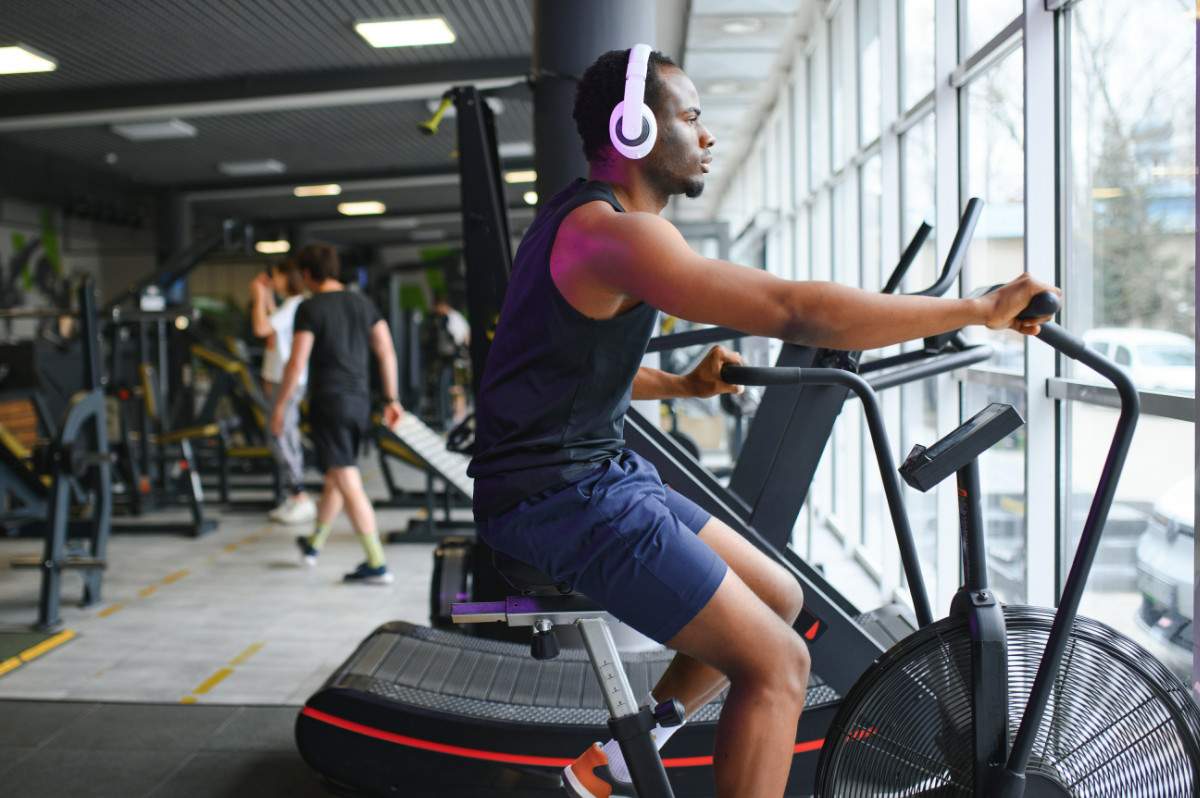Make Your Class a Success
Running fitness classes? It’s harder than it looks.
You need energy, expertise, and the ability to keep 20 different people engaged for 45 minutes.
Here’s how to make every class a winner.
Know Your Audience
Beginners Need Confidence
They’re scared. Intimidated. Worried about looking stupid.
Your job is making them feel safe. Use simple movements. Give lots of encouragement. Never single out struggles.
Regulars Need Challenge
They know the routine. Boredom kills motivation.
Add variations. Increase intensity. Give advanced options for every exercise.
Mixed Groups Need Options
Most classes have both beginners and veterans. Plan for this.
Every exercise needs a beginner and advanced version. Demonstrate both clearly.
The Energy Factor
Your energy sets the room’s energy. Come in flat and everyone feels it.
But fake energy is worse than low energy. People sense authenticity.
Find your natural enthusiasm for helping people move better. That’s real energy.
Class Structure That Works
Warm-Up (5-8 minutes)
Start slow. Get blood flowing. Prepare bodies for work ahead.
Use this time to connect with new faces. Learn names. Check for injuries.
Main Workout (25-35 minutes)
This is why they came. Deliver results.
Mix cardio and strength. Keep rest periods short. Maintain intensity without sacrificing form.
Cool-Down (5-8 minutes)
Don’t skip this. Bodies need transition back to normal.
Stretching. Deep breathing. Positive reinforcement about what they accomplished.
The Melbourne Class Scene
Fitness classes are huge across Melbourne. From South Melbourne parks to St Kilda beaches.
Competition is fierce. Quality instruction separates successful classes from empty ones.
Music That Motivates
Match the Intensity
Warm-up needs different energy than peak workout moments.
Build playlists that flow with your class structure.
Know Your Demographic
40-year-old professionals want different music than 20-year-old students.
Read the room. Adjust accordingly.
Volume Matters
Loud enough to energize. Not so loud people can’t hear instructions.
Test your setup before class starts.
Safety First, Always
Proper Demonstrations
Show every exercise clearly. Multiple angles if needed.
Common mistakes to highlight. Proper form to emphasize.
Injury Modifications
Always have alternatives ready. Sore knee? Here’s your option. Bad back? Try this instead.
Never make injured participants feel excluded.
Space Awareness
Ensure adequate room between participants. Especially for dynamic movements.
Check equipment before class. Broken gear causes injuries.
The Instruction Game
Clear, Simple Cues
“Squeeze your glutes” works better than “activate your posterior chain.”
Use language everyone understands.
Visual and Verbal
Some people learn by watching. Others by hearing.
Demonstrate while explaining. Cover all learning styles.
Positive Reinforcement
Catch people doing things right. Public praise motivates everyone.
“Great form, Sarah!” makes Sarah’s day and motivates others.
Building Community
Learn Names
Nothing makes people feel more welcome than hearing their name.
Use name tags for first few classes if needed.
Encourage Interaction
Partner exercises. Team challenges. Group celebrations.
People stay longer when they make friends.
Post-Class Connection
Don’t disappear immediately after class. Chat with participants.
Answer questions. Give individual tips. Build relationships.
Dealing with Difficult Participants
The Show-Off
Wants to prove they’re fittest in room. Ignores modifications. Risks injury.
Acknowledge their fitness privately. Give them leadership roles. Channel their energy positively.
The Complainer
Nothing is right. Music too loud. Exercises too hard. Room too hot.
Listen once. Set boundaries. Don’t let negativity spread.
The Disruptor
Talks during instruction. Arrives late. Leaves early.
Address privately first. Public confrontation embarrasses everyone.
Progressive Programming
Week 1-2: Foundation
Focus on form. Build basic fitness. Establish routine.
Week 3-4: Intensity
Increase difficulty. Add complexity. Challenge comfort zones.
Week 5-6: Peak
Maximum effort. Test improvements. Celebrate progress.
Week 7-8: Recovery
Reduce intensity. Focus on flexibility. Prevent burnout.
Repeat cycle with new challenges.
Location Considerations
Prahran Studios
Indoor classes need climate control. Ventilation matters with high-intensity workouts.
Port Melbourne Parks
Outdoor classes depend on weather. Always have backup plans.
Williamstown Beach
Sand adds instability. Adjust exercises accordingly. Bring extra water.
Technology Integration
Heart Rate Monitors
Group challenges based on effort zones. Gamifies the experience.
Fitness Apps
Track attendance. Send workout summaries. Build community online.
Social Media
Share class highlights. Celebrate member achievements. Attract new participants.
Special Population Classes
Seniors Classes
Lower impact. Chair modifications. Focus on balance and mobility.
NDIS participants
Adaptive equipment. Individual modifications. Inclusive environment.
Prenatal Classes
Specialized training required. Safety protocols essential.
The Business Side
Consistent Schedule
Same time, same place builds habits. Irregular classes lose participants.
Fair Pricing
Research local competition. Price for value provided.
Retention Strategies
Loyalty programs. Member referral bonuses. Progress tracking.
Handling Plateaus
Groups hit fitness plateaus just like individuals. Keep things fresh.
New Exercise Variations
Same muscle groups, different movements.
Equipment Changes
Resistance bands one week. Dumbbells the next.
Format Switches
Circuit training. Tabata intervals. Partner workouts.
Professional Development
Continuing Education
Fitness evolves. Stay current with certifications and workshops.
Peer Learning
Attend other instructors’ classes. Steal good ideas. Avoid their mistakes.
Member Feedback
Regular surveys. Exit interviews. Honest self-assessment.
The Success Metrics
Attendance Rates
Consistent numbers indicate satisfied participants.
Retention Rates
How long do people stay? High turnover signals problems.
Referral Rates
Happy members bring friends. Best marketing available.
Injury Rates
Should be near zero. High injury rates indicate poor instruction.
Your Action Plan
- Define your target audience
- Create structured programming
- Build your music library
- Practice clear instruction
- Focus on safety always
- Build community connections
- Track success metrics
- Continuously improve
Getting Started
Want to launch successful fitness classes? Book a consultation to discuss your plans.
Our experienced personal trainers can share insights from running classes across Melbourne.
Interested in expanding your fitness services? Our mobile personal training model can complement group classes perfectly. Or learn about our services that help fitness professionals grow their businesses.


